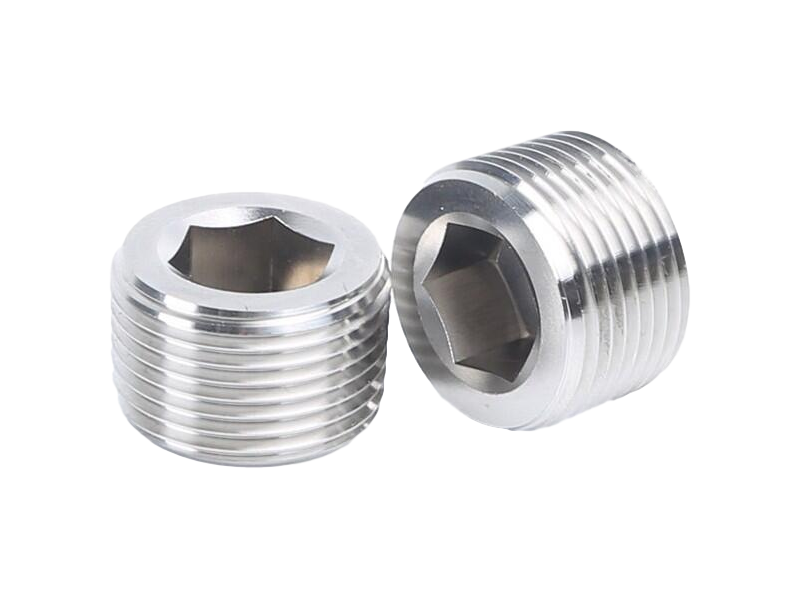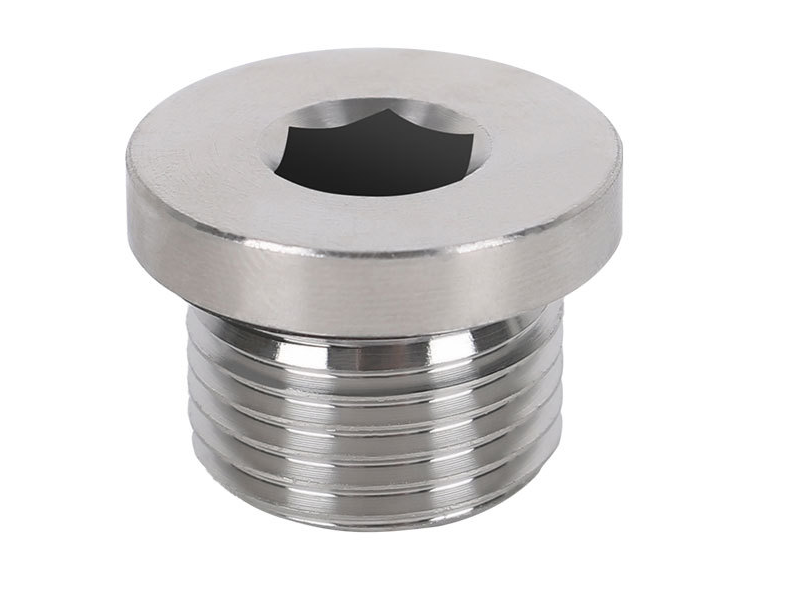What Does NPT Mean in Hydraulic Fittings? A Complete Guide for 2025
Hydraulic systems are essential in various industries, including manufacturing, agriculture, aerospace, and construction. The reliability of these systems depends heavily on the quality and compatibility of their connectors—hydraulic fittings. Among the many types available worldwide, NPT (National Pipe Thread) fittings play a critical role, especially in North America and many regions adhering to American standards.
In this guide, we will dive deep into what NPT means in hydraulic fittings, compare it with other common types like JIC, and help you understand how to select the best fittings for your specific applications, whether in the U.S., Europe, or Asia.
What Are Hydraulic Fittings?
Hydraulic fittings are mechanical components that connect hoses, pipes, and tubes within hydraulic systems, making sure fluid flows efficiently under high pressure without leaks. They come in various shapes, sizes, and standards, designed to withstand different operating pressures, temperatures, and environmental conditions.
Choosing the appropriate fitting is crucial for system safety, performance, and longevity—especially as errors can lead to leaks, system failures, or dangerous accidents.
Main Types of Hydraulic Fittings
Hydraulic fittings can be classified based on their connection mechanisms, material, and application.
1. Threaded Fittings
The most common type, threaded fittings, connect via screw threads. The two most popular standards are:
- NPT (National Pipe Thread) — predominant in North America
- BSP (British Standard Pipe) — common in Europe and Asia
Other regional standards and custom fittings are also available, but understanding the differences helps avoid mismatched connections.
2. Quick-Connect Fittings
Designed for rapid assembly and disassembly, these fittings are favored in maintenance-heavy setups, automation, and mobile hydraulic equipment.
3. Flared and Compression Fittings
Often used in low-pressure or specialized applications, these fittings create a seal through flaring or compression of the tube ends.
4. Other Types
Including swivel, crimp, and specialty adapters tailored to particular industries or conditions.
Main Types of Hydraulic Fittings
Hydraulic fittings can be classified based on their connection mechanisms, material, and application.
1. Threaded Fittings
The most common type, threaded fittings, connect via screw threads. The two most popular standards are:
- NPT (National Pipe Thread) — predominant in North America
- BSP (British Standard Pipe) — common in Europe and Asia
Other regional standards and custom fittings are also available, but understanding the differences helps avoid mismatched connections.
2. Quick-Connect Fittings
Designed for rapid assembly and disassembly, these fittings are favored in maintenance-heavy setups, automation, and mobile hydraulic equipment.
3. Flared and Compression Fittings
Often used in low-pressure or specialized applications, these fittings create a seal through flaring or compression of the tube ends.
4. Other Types
Including swivel, crimp, and specialty adapters tailored to particular industries or conditions.
Comparing NPT and Other Fittings
| Feature | NPT (National Pipe Thread) | JIC (Joint Industry Council) |
|---|---|---|
| Thread Type | Tapered, conical threads | 37-degree flare angle |
| Seal Mechanism | Thread compression seals | Flared, metal-to-metal seal |
| Reusability | Moderate; threads may deform after multiple uses | High; designed for permanent reusable connections |
| Pressure Rating | Suitable for high and low-pressure systems | Excellent for high-pressure systems |
| Region of Use | USA, Canada, regions following American standards | USA, aerospace, industrial applications |
| Typical Applications | Plumbing, general hydraulic connections | High-vibration, high-pressure systems |
When to Use NPT?
- In North American markets, NPT fittings are the standard, especially for industrial machinery, construction equipment, and automotive systems.
- Suitable for systems where resistances to moderate leaks are acceptable, and clearance for easy disassembly is desired.
What Does NPT Mean in Hydraulic Fittings?
NPT stands for National Pipe Thread, and in the context of hydraulic fittings, it describes a specific type of tapered threaded connection used to seal fluid transfer systems. These fittings are designed to be tightened to create a compression seal through the taper


